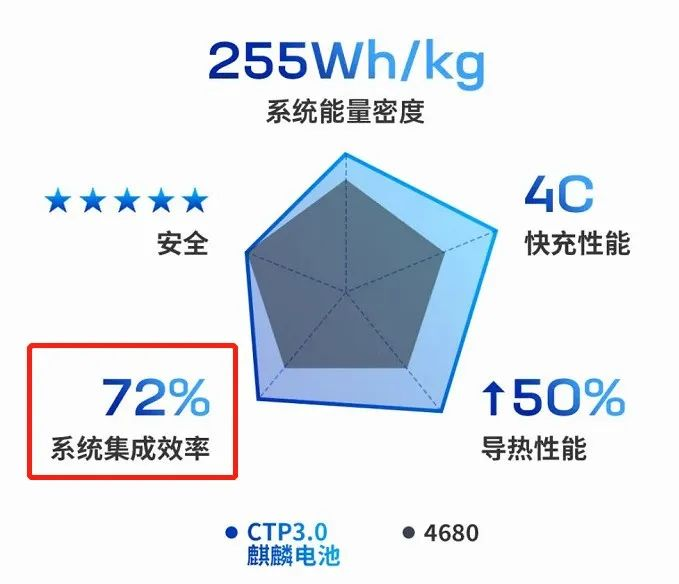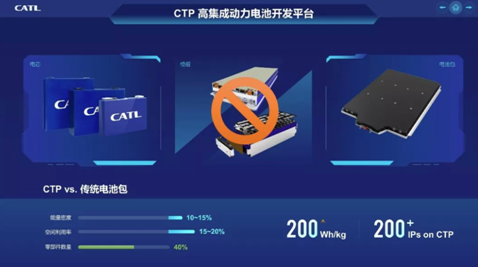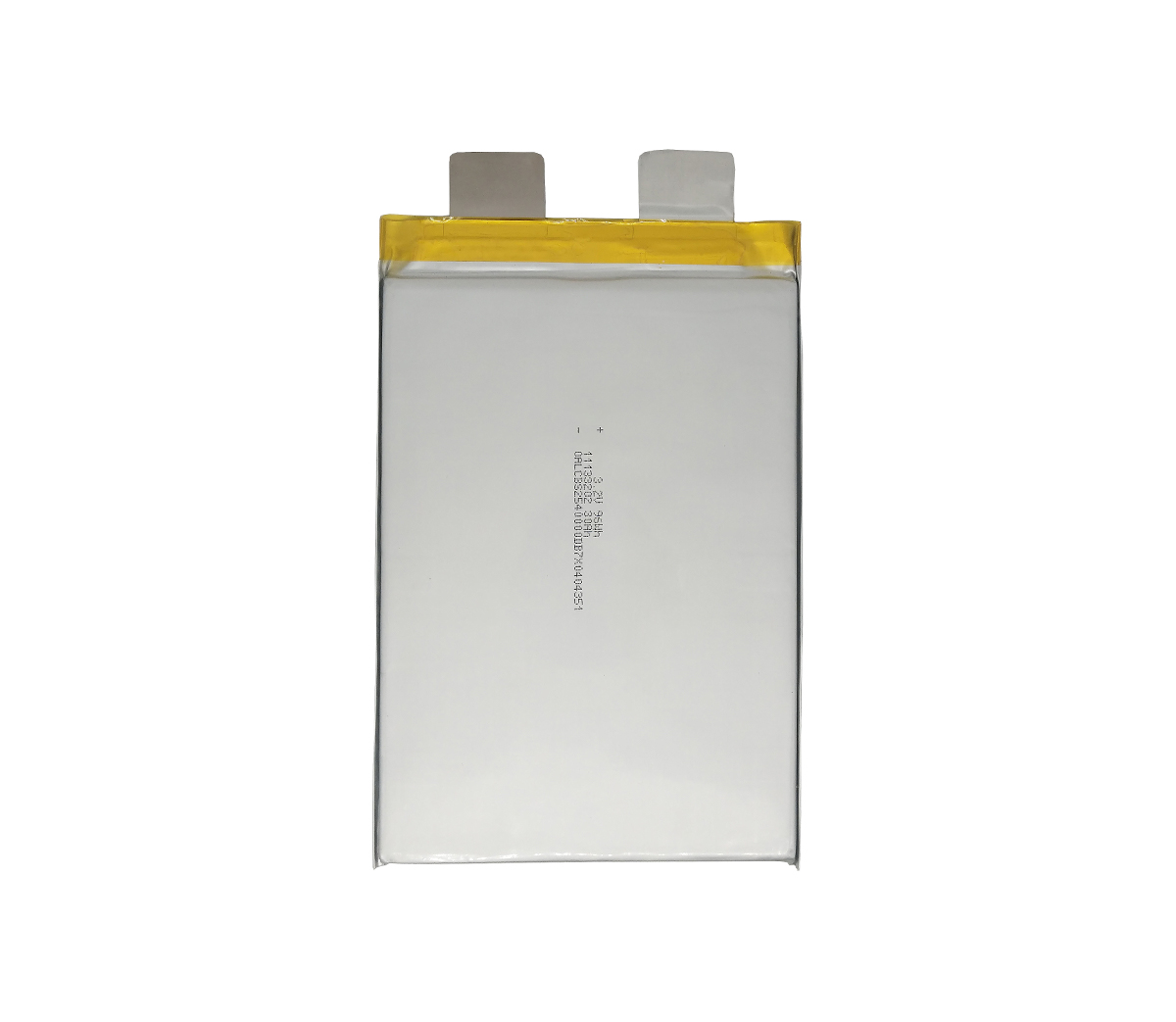After continuous promotion and warm-up, the CTP3.0 lithium battery of CATL,
the Kirin battery, was officially unveiled a few days ago. SES Power has always
used CATL products, so we are also quite concerned about the performance of this
battery.
255Wh/kg system energy density, 72% volume utilization rate, 1,000 km
battery life, and 4C fast charging performance, these parameters have broken
through the performance of existing battery indicators, causing concern among
peers and customers. It is worth noting that the CATL seems to have explained a
lot in terms of battery life, energy density, volume utilization, fast charging,
safety and other dimensions, but on closer inspection, the CATL may be based on
confidentiality and did not explain the details very much. Thorough: For
example, the system energy density can reach 255Wh/kg of high nickel ternary
battery, how much has the single energy density achieved? Is the cost of CTP3.0
lower than that of 1.0 and 2.0, or is it increased with the increase in energy
density?
A: Is the semi-solid battery of the CATL approaching mass production?
Under the ternary material system, the CTP3.0 lithium battery achieves an
energy density of 255Wh/kg for the entire lithium battery system, which is a
very good performance. Behind it, the energy density of the single cell must
play an important role. The energy density of the CATLCTP1.0 lithium iron
phosphate system battery system is only about 140Wh/kg.
If the CTP3.0 is loaded with a lithium iron phosphate system battery, the
energy density is only 160Wh/kg, an increase of about 14%. However, the energy
density of the ternary battery system has increased from 180Wh/kg in the first
generation to 255Wh/kg, an increase of about 41.67%. Obviously, this cannot be
achieved only by optimizing the system structure, and behind it must be a
substantial improvement of the monomer material system.

However, the CATL did not disclose the energy density of the ternary
battery behind it. We can only make the following rough calculations:
1. Refer to the volume utilization rate of 72% (the actual proportion of
cells in the battery pack) to infer the energy density of its single cell. There
will be a certain gap in this calculation method, but the difference will not be
too large. After all, the main component of the entire battery pack is the
battery cell, and the other components are mainly structural parts, circuits,
BMS and components. If calculated according to the 72% volume utilization rate,
the energy density of the CTP3.0 ternary battery can reach 355Wh/kg.
2. Roughly calculated according to its lithium iron phosphate battery
group. It is understood that the energy density of CATL lithium iron phosphate
battery is already around 200Wh/kg, the energy density of CTP3.0 lithium iron
phosphate system is 160Wh/kg, and its group efficiency is estimated to reach
80%. And according to the calculation of 80%, the energy density of the ternary
battery is about 318.75Wh/kg (in fact, the group efficiency of 80% is already
the industry-leading level).
SES Power believes that the ternary system of CTP3.0 is designed to be more
complex than the lithium iron phosphate system due to the safety protection of
high energy density. In this case, its actual grouping efficiency may not be as
high as that of the lithium iron phosphate system. If true, then its ternary
cell energy density is expected to be around 350Wh/kg. There is another
possibility: the ternary battery loaded by CTP3.0 is a semi-solid battery
developed by CATL.
The energy density of the single semi-solid lithium battery developed by
Gotion is as high as 360Wh/kg, and the system energy density reaches 260Wh/kg.
For comparison, assuming that the group efficiency of CATL is a few percentage
points higher, then its ternary battery with a system energy density of 255Wh/kg
is expected to have a single energy density of more than 330Wh/kg, and the high
probability of achieving this energy density is also the same. Semi-solid
battery.
As a leader in power batteries, CATL is at the forefront in the research
and development of semi-solid batteries, all-solid-state batteries, condensed
matter batteries, sodium-ion batteries and other material systems, so its
semi-solid state will be mature and mass-produced next year. Not
surprisingly.
B: CTP3.0 lithium batteries may currently be "more expensive"
In 2019, when CATL launched the first-generation CTP battery system, it
said, "The volume utilization rate of CTP battery packs has increased by
15%-20%, the number of components has been reduced by 40%, and the production
efficiency has increased by 50%, which will be greatly reduced after being put
into application. The manufacturing cost of the power battery.”
However, in the release content of CTP3.0 battery, CATL did not mention the
cost, which also made the cost of CTP3.0 battery compared with the first and
second generation a mystery. Maybe only car companies know it, but we You can
also speculate on the basis of market conditions.

On the one hand, CATL Times said that with a 255Wh/kg CTP3.0 battery pack,
the vehicle can last for 1,000 kilometers. We can basically infer that this
battery pack is mainly used for mid-to-high-end models. Therefore, with a system
energy density of 255Wh/kg and a model with a range of 1000km, this battery
should not be cheap at present. On the other hand, if it is a semi-solid
battery, it will be more expensive than the current mainstream battery at this
stage, because it involves the upgrade of a series of materials such as positive
electrode, negative electrode, electrolyte, and separator, which are all new
materials and new systems. cost increase.
However, CTP3.0 uses lithium iron phosphate battery packs, and it is
expected that the cost may have certain advantages compared to the first and
second generations.
C: Volume utilization rate hit a new high
In terms of battery pack volume utilization, this time CATL directly
compares the recently popular 4680. According to CATL, the volume utilization
rate of the CTP3.0 battery pack has reached a new high, reaching 72%, which is
higher than the 63% utilization rate of the 4680.
In terms of improving the volume utilization rate, the CATL adopted "cell
inversion, which makes the cell space utilization rate reach 72%". According to
the introduction of CATL, it is its accurate calculation and AI simulation to
explore the design boundary of the CTP3.0 battery life cycle application
scenario.
Through the cell inversion and the original bottom space sharing scheme,
the functional modules such as structural protection, high-voltage connection,
thermal runaway exhaust and other functional modules are intelligently
distributed, releasing 6% of the energy space. In fact, as a battery pack, this
volume utilization rate is indeed remarkable.
A month ago, BYD released the CTB technology with higher integration of the
whole vehicle and battery. According to BYD's introduction, the current volume
utilization rate of its CTB battery system is only 66%. It can be seen that one
is 63% volume utilization rate of 4680 battery, the other is 66% volume
utilization rate in CTB form, and CTP3.0 battery achieves 72% volume utilization
rate in CTP structure, a difference of several percentage points, which requires
a lot of innovative design and verification behind it.
SES Power uses CATL cells in many lithium battery products, such as
12V100Ah, 12V200Ah, 24V100Ah, 36V100Ah, 48V100Ah, household energy storage 3KW,
5KW systems, rack-mounted energy storage systems and other products. We believe
that CTP3.0 is different from the previous two generations. CATL also named it
"Kirin battery" (the previous two generations did not have a Chinese name),
which shows that CATL aims to make it a benchmarking competition. Power
products. In the context of technological iterations that you are catching up
with, competition including battery system energy density, safety, fast
charging, heat dissipation, and volume utilization is still fierce. Whether CATL
can rely on "Kirin" to defend its technological advantages, we still need to
Wait and see.




































